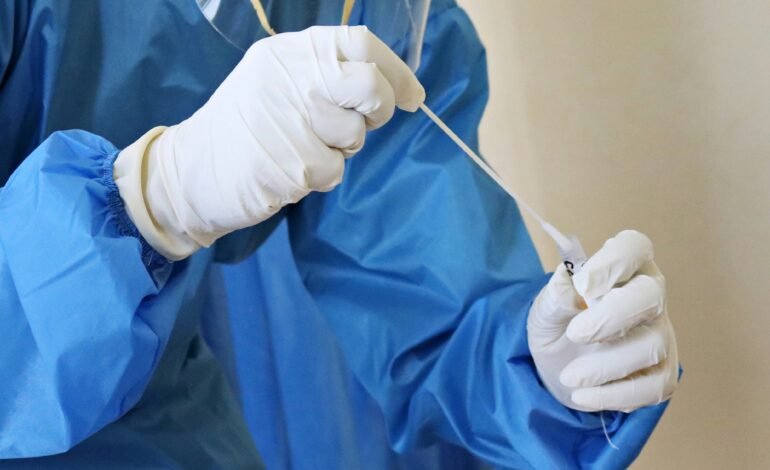Beware! “Nimbus,” the new COVID variant, is advancing in the US.
Photo by Mufid Majnun on Unsplash A new subvariant of COVID-19, known as NB.1.8.1 and nicknamed “Nimbus,” has begun to gain ground in different parts of the world, and is already

Photo of Mufid Majnun in Unsplash
A new subvariant of COVID-19, known as NB.1.8.1 and nicknamed “Nimbus”, has begun to gain ground in different parts of the world, and is already emerging as the dominant strain in the United States. Although it does not appear to be more dangerous than previous variants, Yes, it has attracted attention due to its rapid spread. and by a very particular symptom that many patients describe as “swallowing blades.”
Where is it circulating?
According to data from the World Health Organization, Nimbus now represents 11% of sequenced cases globally, and in the United States it has reached between 30 % and 43 % of recent infections, making it the most common strain in circulation. Cases have also been reported in Canada, the United Kingdom, India, Australia, and other regions, where specialists are closely monitoring its development.
Unusual symptom: “razor-like sore throat”
Unlike other omicron variants, this new variant doesn't appear to cause more severe illness, but it does have one distinctive symptom: a particularly severe sore throat. On social media and in clinics, many people describe it as a stinging, intense burning, or painful swallowing sensation comparable to "sandpaper or razor burn."
What do the experts say?
Doctors explain that this reaction could be due to small mutations in the spike protein, which, while not drastically altering the virus's behavior, do make it more efficient at entering human cells, increasing its transmission capacity. However, no increase in hospitalizations or deaths directly linked to Nimbus has been recorded so far.
Fortunately, current vaccines continue to offer strong protection against the most severe effects of this variant. Experts from the CDC and organizations like the Global Vaccine Network agree that Those who have their complete vaccination schedule, including updated boosters, maintain a robust defense against hospitalizations, severe illnesses, and deaths. It has also been confirmed that antivirals such as Paxlovid continue to work against this subvariant.
How to prevent it?
Although this is not yet a cause for widespread alarm, health authorities recommend maintaining certain basic precautions, especially in closed or poorly ventilated spaces, such as wearing masks, washing hands frequently, and ensuring vaccination, especially among people with chronic conditions or those over 60 years of age.
For more stories like this, follow More Latin.
Sources:
